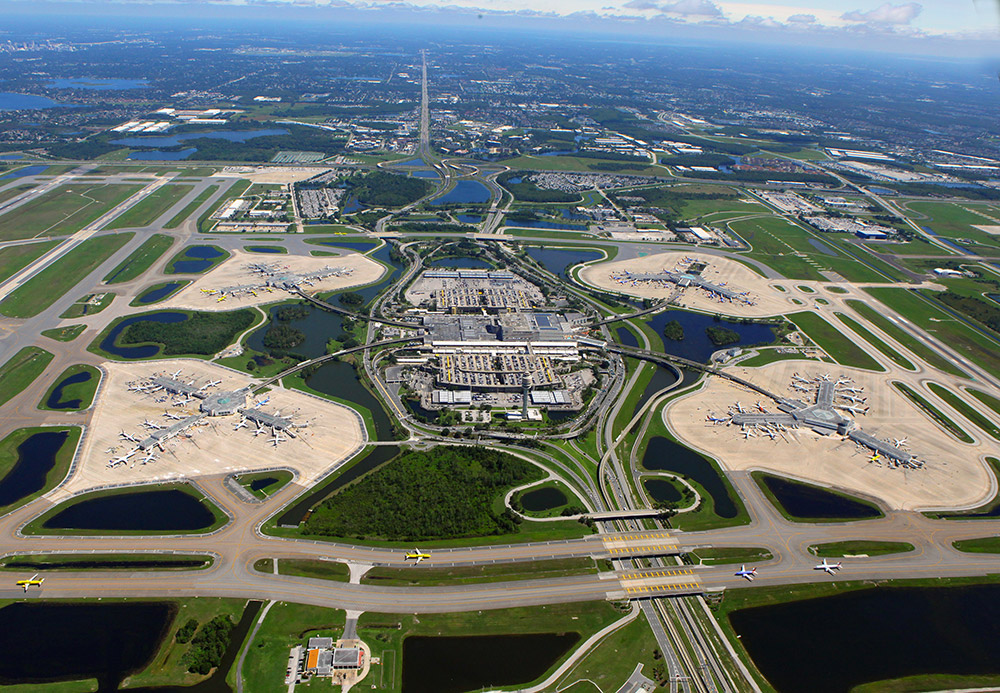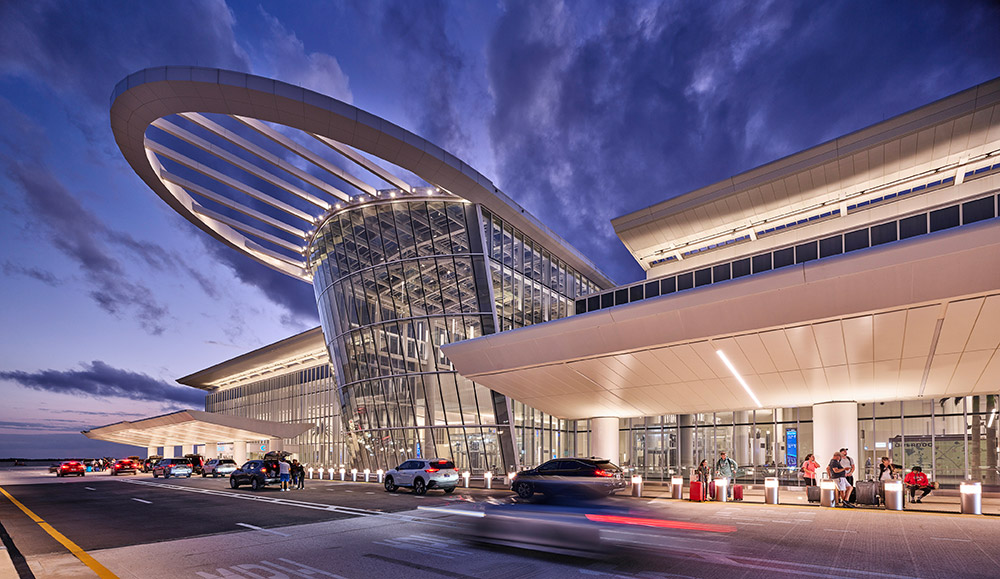Orlando may be globally recognized as a leisure destination, but corporate leaders are quickly discovering that its airport is also one of the most strategically located and development-ready commercial assets in the country. Orlando International Airport (MCO) is more than a gateway for travelers — it’s a launchpad for business expansion, industrial development, and global logistics.
With more than over 56 million annual passengers and nonstop flights to key business hubs across Europe, South America, and the Caribbean, MCO already functions as one of the busiest airports in the United States. But what truly sets it apart is its footprint. The airport spans over 11,600 acres, making it one of the largest commercial aviation properties in the nation. While other major airports struggle with land constraints and congestion, MCO offers scale, speed, and flexibility — all backed by a development-friendly governing body in the Greater Orlando Aviation Authority (GOAA).
GOAA is actively marketing developable land across the airport campus — sites suitable for air cargo, maintenance and repair operations (MRO), cold chain logistics, light manufacturing, or even corporate headquarters. With parcels available both airside and landside, companies can tap into global air connectivity and Florida’s growing freight and rail infrastructure in the same location.
Recent projects signal a new era of airport-aligned development. Frontier Airways has expanded operations at MCO, United Airlines has recently invested in a state-of-the-art TechOps campus and new logistics partners are arriving to support the growing demands of e-commerce and international trade. The airport’s proximity to the Space Coast, along with Central Florida’s aerospace and defense manufacturing ecosystem, creates added strategic value for advanced industries that depend on secure, multimodal transportation options.

What makes MCO especially competitive for site selectors is the ability to move fast. GOAA has prioritized a proactive, partner-oriented approach to commercial development, offering build-to-suit options, permitting support, and real-time coordination across agencies. That kind of responsiveness is hard to come by — especially for companies with complex infrastructure needs or aggressive timelines.
The airport’s land availability also enables long-range planning. Companies that commit today can expand over time without relocating — a key differentiator for firms managing multi-phase industrial footprints or scaling logistics capacity in the face of growing e-commerce and supply chain complexity. MCO is not a landlocked operation hemmed in by growth; it’s a dynamic property with room to evolve.
For companies exploring Southeast expansion, reshoring advanced capabilities, or establishing global logistics hubs, MCO delivers a rare combination of connectivity, acreage, and alignment. And in a market increasingly defined by speed and flexibility, that combination is invaluable. Orlando has long been a place people visit. Now, it’s a place where global companies come to stay.
